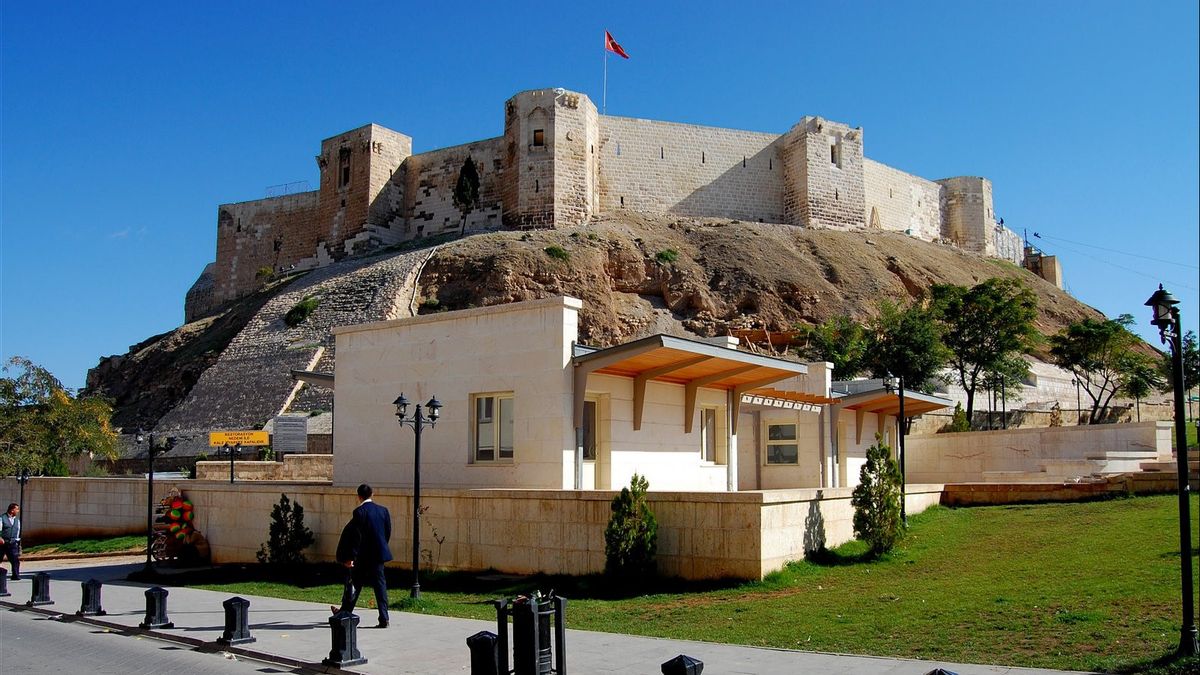JAKARTA - An earthquake measuring M 7.8 that rocked Turkey and Syria on Monday, damaged Gaziantep Castle, a historic site and tourist attraction in Turkey's southeast.
"Several forts in the eastern, southern and southeast parts of the historic Gaziantep Castle in the Housing District were destroyed by the earthquake, debris scattered on the road," the Turkish government news agency, Anadolu, reported, citing CNN on February 6.
"The iron fence around the castle is scattered on the surrounding sidewalk. The retaining wall next to the castle also collapsed. In several forts, large cracks were seen," the report continued.
The historic domes and east walls of the Mcairvani Mosque, which is located next to the castle and is said to have been built in the 17th century, were also partially collapsed, the report added.
According to archaeological excavations, this castle was first built as a control tower in the Roman period around the second and third centuries AD. The stadium continued to grow over time.
Its current form is a legacy from the government of the Byzantine Emperor Justian (527-565 M), according to the Turkish Museum, the country's official museum website and archaeological site.
Along with the times, the castle served as the Defense and Heroic Panorama Museum Gaziantep.
The English, Chinese, Japanese, Arabic, and French versions are automatically generated by the AI. So there may still be inaccuracies in translating, please always see Indonesian as our main language. (system supported by DigitalSiber.id)












